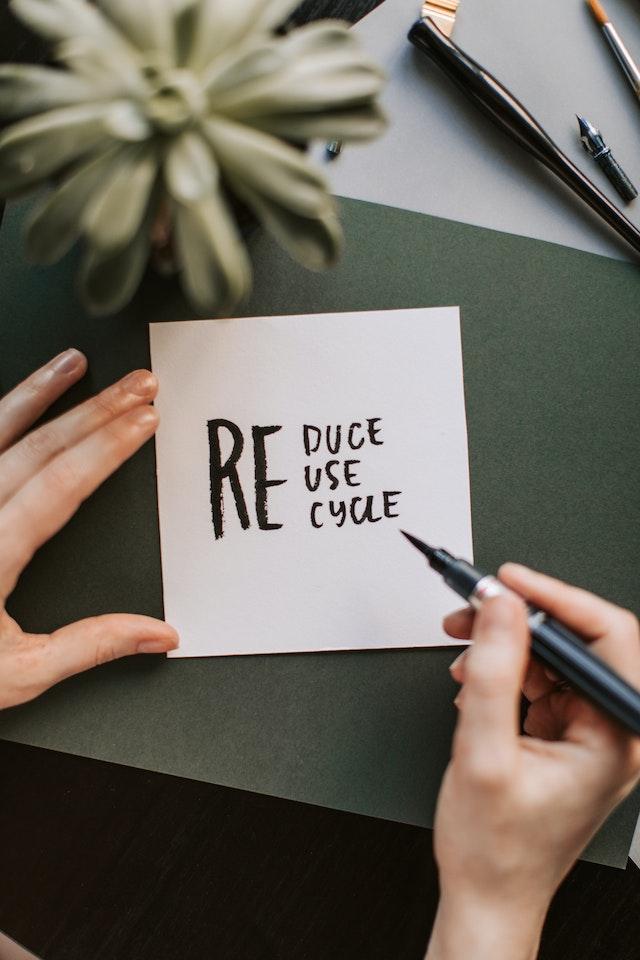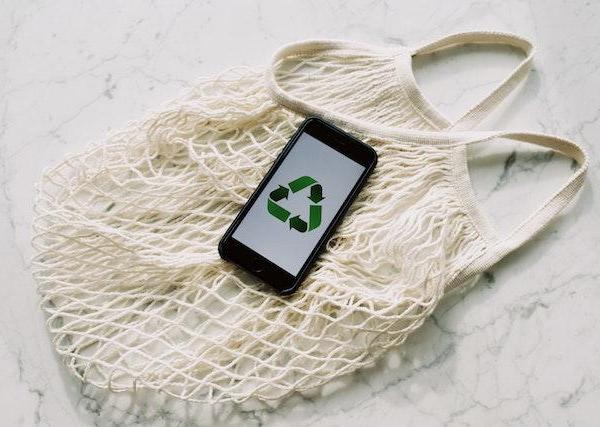Reduce, Reuse, and Recycle
Reducing, reusing, and recycling are the three R's of sustainable living. These practices help to minimize waste and conserve natural resources. Start by reducing the amount of single-use plastics you use, such as water bottles, straws, and shopping bags. Instead, invest in reusable options like water bottles and shopping bags made from sustainable materials. Recycle paper, glass, and plastic as much as possible, and make an effort to recycle electronic waste, like old cell phones and computers.Conserve Energy and Water
Conserving energy and water is crucial for a sustainable lifestyle. Start by reducing your energy consumption by turning off lights and electronics when they're not in use, and adjusting your thermostat to use less energy. You can also invest in energy-efficient appliances and products, like LED light bulbs and Energy Star certified devices.In terms of water conservation, fix any leaks in your home, and take shorter showers to reduce water usage. Invest in water-saving showerheads and toilets to further reduce your water usage. Also, consider using drought-resistant plants in your landscaping and switch to a rainwater harvesting system to conserve water.
Support Sustainable Agriculture and Eating Practices
The food we eat and how it's grown have a significant impact on the environment. To live sustainably, consider buying locally grown, organic produce and meat, and reducing your consumption of meat, especially beef and pork, which have a larger carbon footprint than other foods.Also, consider starting your own vegetable garden, even if it's just a small container garden on your windowsill or balcony. You can also support sustainable agriculture by participating in community supported agriculture (CSA) programs or visiting your local farmers market.



